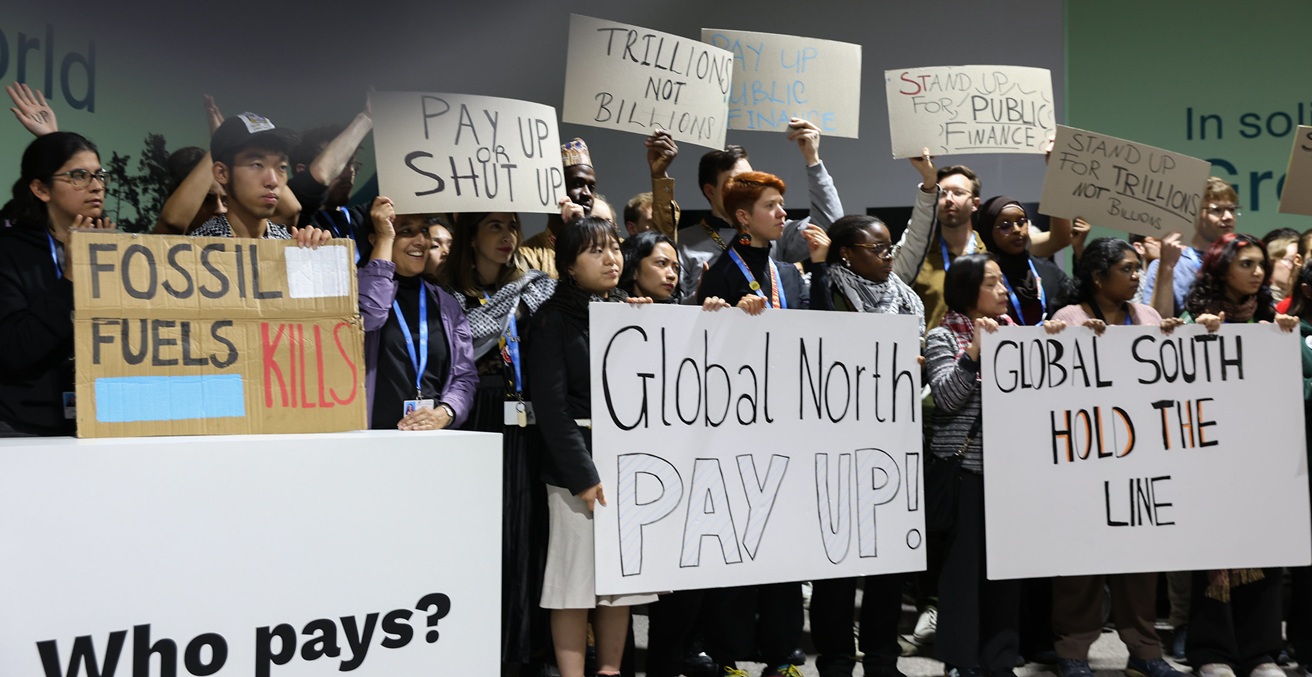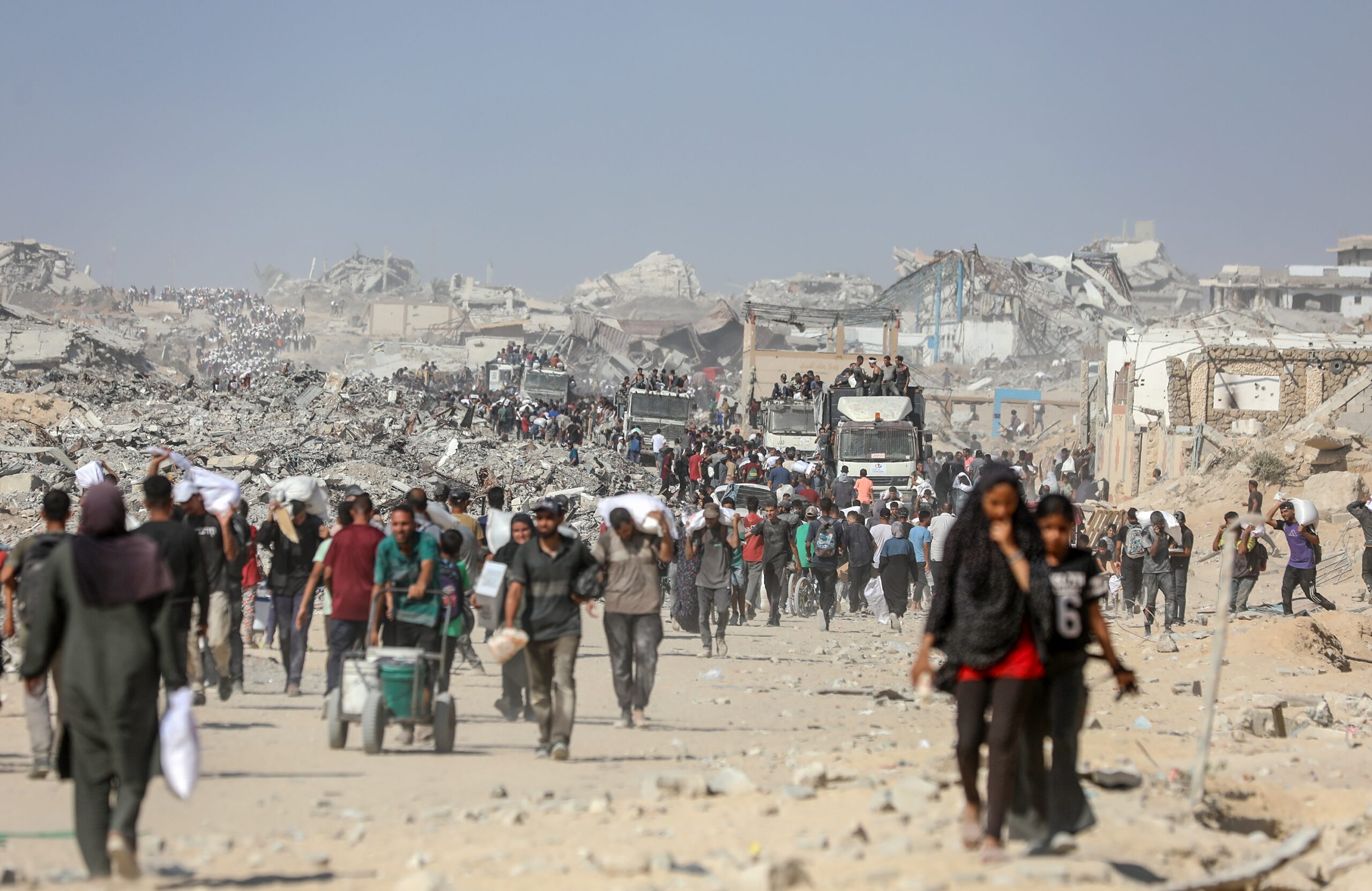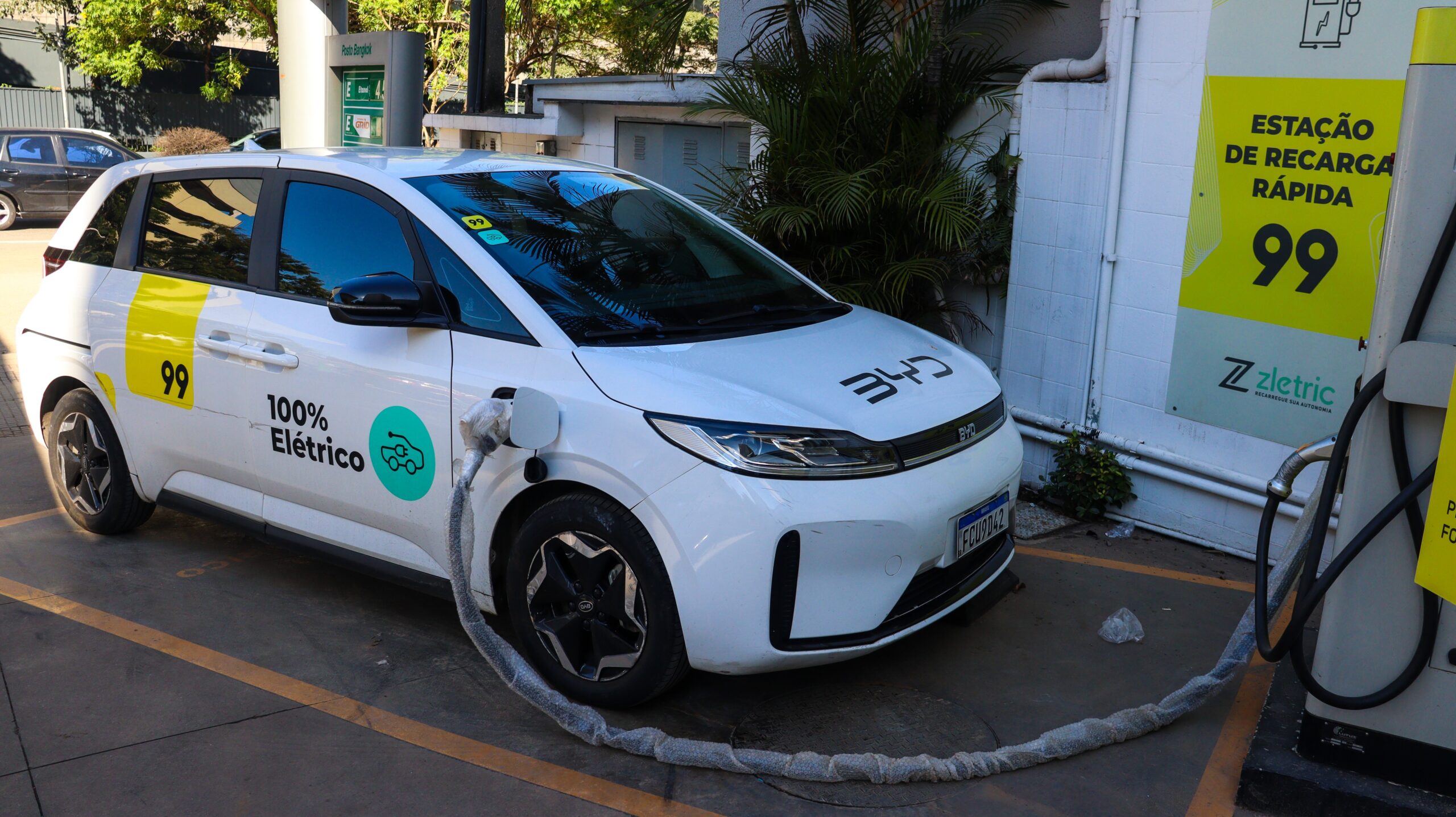As the world prepares for COP30 in Brazil, Pacific Island nations—among the most climate-vulnerable communities on earth—remain sidelined from global climate diplomacy. Despite contributing just 0.03 percent of global emissions, they face existential threats while struggling for equitable access to funding and justice from major emitters.
The climate crisis is no longer a distant threat but a lived reality for the millions of people in the world’s most vulnerable regions. While the climate financing mechanisms grow complex, developing nations struggle to access the money which was once pledged as justice, not charity. As the world prepares for the Conference of Parties (COP) 30 in Brazil in November 2025, the summit is considered as a milestone for climate justice, just transition, and equity. But it faces a paradox that even if the discussion shifts towards climate justice, the Pacific Island states find themselves excluded from global climate diplomacy. This is despite the Pacific Island states being the most vulnerable climate communities due to their geographical location. Climate change threatens the very existence of Pacific Islands due to slow climatic changes like rising sea levels, ocean warming, and the acidification of oceans. Yet Pacific Island Countries (PICs) face climate injustice due to the lack of action by Australia and other global economies.
Pacific Island nations assert their identity which is based on their shared challenge of size and geographical barriers. The PICs are unique states even within the Indo-Pacific region due to their language, culture, and economies. Their economy relies on predominantly agriculture, tourism, fisheries, and forestry. According to an Asian Development Bank (ADB) report, the temperature in the Pacific is expected to rise between 2°C to 3°C relative to the 1990s by 2070. This report suggests that the frequency of EL Nino Southern Oscillations (ENSC) would increase leading to extreme weather events in the Pacific. This could lead to sea level rise and flooding of the economically important coastal areas in the Pacific Island countries. The potential negative impact of climate change would lead to large losses in agricultural production.
The PICs emit only 0.03 percent of the global carbon emissions but are disproportionately affected by the impacts of climate change. Frustrated by the climate inaction, the PICs at climate negotiations either join alliances or make their own regional alliance, like Pacific small Island developing states (PSIDS), for effective negotiations. But the climate injustice continues. Currently, while there are set mechanisms by the UN and Conference of Parties to reduce the carbon footprint, like the use of carbon credits, these are exploited by people in the wealthier industrialised countries to offset the emissions which could be avoided. So due to the polluting behaviours of the industrialised countries, the PICs suffer the disproportionate effects of climate change.
Significant investment is needed for the Pacific for adaptive strategies to endure climate change. The estimated cost for the achievement of climate-resilient development would include the investment for offsetting the climate impacts and for the measures to build the climate change adaptive capacity. According to ADB’s (Asian Development Bank) report, “The economics of climate change in the Pacific,” the funding required every year till 2050 would be US$447 million.
At COP29 the developed countries pledged US$300 billion annually by 2035, which was far less than the US$1 trillion which the developing countries sought. It was a New Collective Quantified Goal (NCQG), but the structure remains dominated by loans, not funds. The Pacific countries need direct and equitable funding and they called NCQG a “death sentence.” Australia has pledged to co-host COP31 with Pacific nations, yet it continues to expand the Northwest Shelf Gas project, which is set to operate until 2070. This step undermines Australia’s engagement with the Pacific Island countries, putting Pacific countries in a dilemma over whether they can trust developed nations to deliver on climate justice and inclusive diplomacy.
The global climate agenda is shaped by the larger nations not the climate survivors. The loss and damage fund also remains inadequate or conditional. The COP 30 and COP 31 provides an opportunity to make amends for the past. The major emitters have to share the responsibility. The co-host contenders must abandon new fossil fuel projects and align with the Port Vila call for a Just Transition. The upcoming COPs must be operative rather than being symbolic. The larger countries must shift from power projection to power sharing, otherwise global climate change will continue to affect the countries least responsible for it.
Hadia Allaudin is a researcher at Consortium for Asia Pacific studies (CAPS), Pakistan. She is a student of International Relations at National Defence University (NDU), with a keen interest in geopolitics, climate change and global affairs, particularly in Asia. She can be reached at Email: hadiaallaudin@gmail.com
This article is published under a Creative Commons License and may be republished with attribution.





